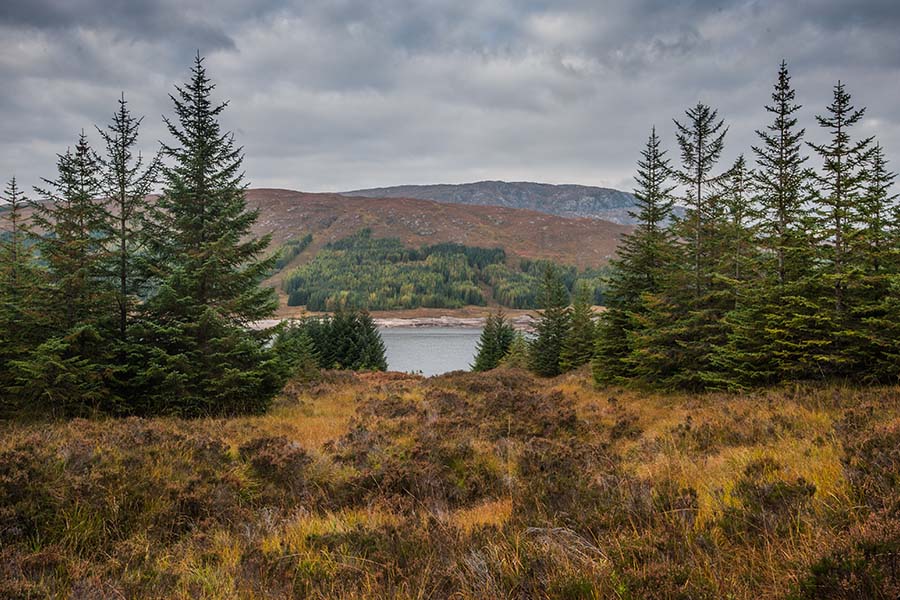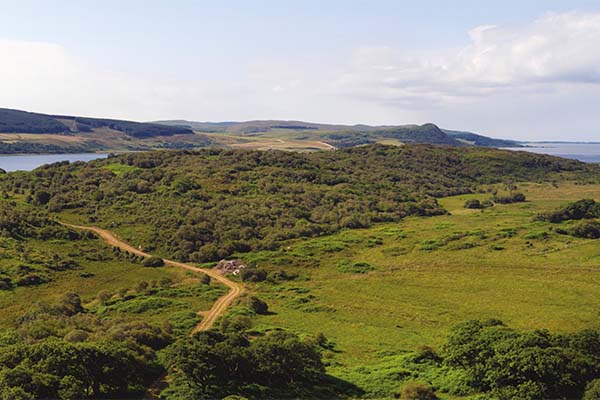The Land
Highland Titles has 4 estates in Scotland and 1 in Northern Ireland. Thank you to all the Lairds, Lords and Ladies who have made this possible.
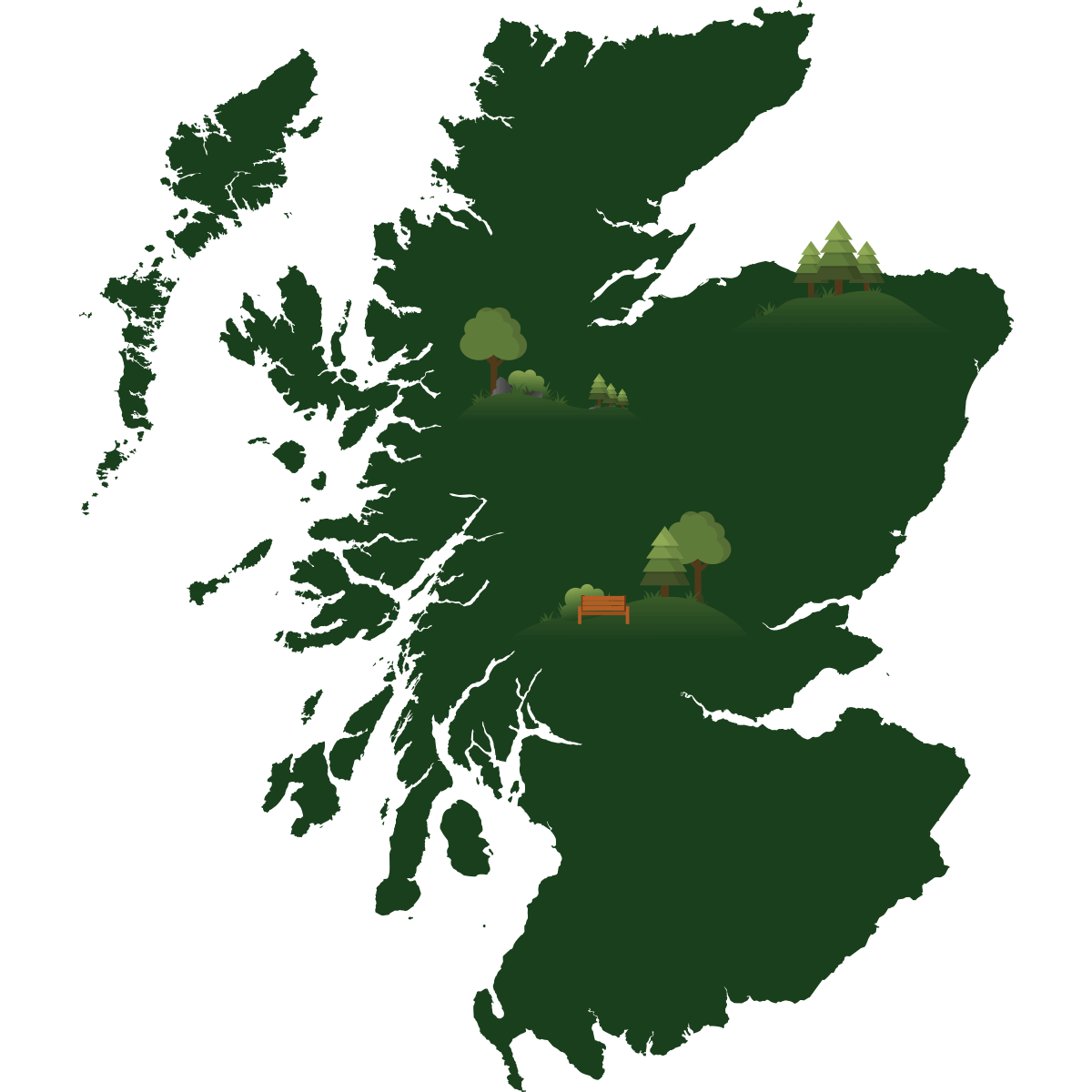
Mountain View
Opened by Highland Titles in 2014, the reserve at Mountain View, which is also the home of Bumblebee Haven, overlooks the majestic Loch Loyne.
Duror, Near Glencoe
The first Highland Titles Nature Reserve, opened in 2007. Located close to the historical Glencoe, the reserve is one of two Highland Titles reserves and is also an established 4 star visitor attraction.
Glen Nant
Known as Scotland’s Rainforest, the ancient oak woodland at Glen Nant is a special place, as evidenced by the SSSI and SAC status.
Kilnaish Estate
Like Glen Nant, Kilnaish obtained SSSI and SAC (Special Area of Conservation) status, and is a mixture of amenity woodland and hill ground.
Visiting the land
The Highland Titles Nature Reserve, near Duror, has a visitor’s centre and offers a guided tour for Lairds, Lords and Ladies.
The other estates are more wild and remote. Whilst they do not have a visitor centre or guided tour on offer, some of the views are simply stunning!
Please do bear in mind that the terrain at the other reserves can be challenging.

Explore our estates
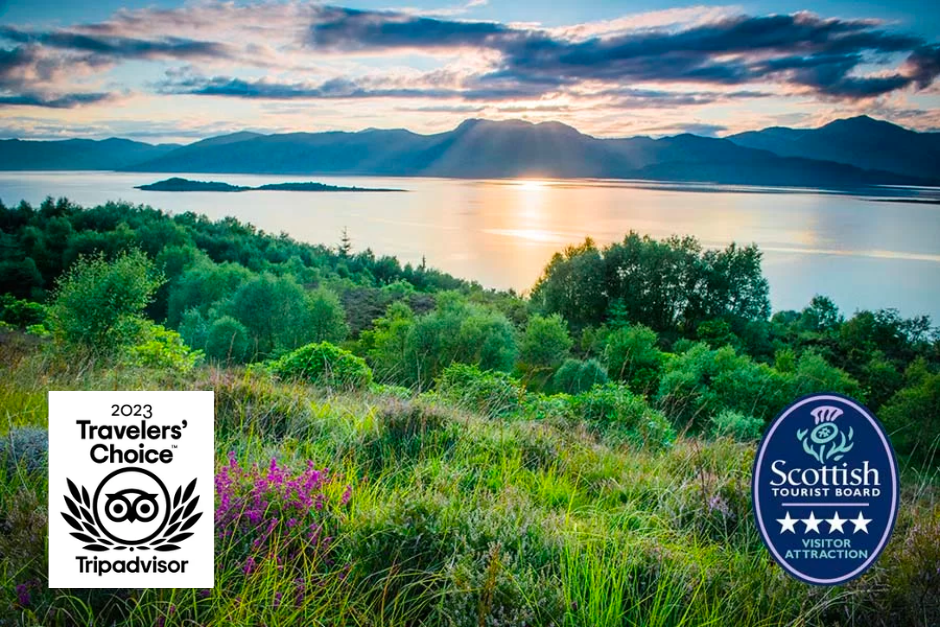
Highland Titles Nature Reserve
Our flagship reserve was opened in 2007 and is located at Duror, near Glencoe. The reserve is also an established 4 star visitor attraction.

Kilnaish Estate
Like Glen Nant, Kilnaish obtained SSSI and SAC (Special Area of Conservation) status, and is a mixture of amenity woodland and hill ground.

Mountainview
Opened by Highland Titles in 2014, the reserve at Mountainview is the site of our Bumblebee Haven project and overlooks the majestic Loch Loyne.

Glen Nant
Known as Scotland’s Rainforest, the ancient oak woodland at Glen Nant is a special place, as evidenced by the SSSI and SAC status.
Finding your plot
To get the precise location of your plot on Google Maps, log in to the Welcome Dashboard.
You will also see the What3Words string which provides the location of the 3m x 3m square that your plot lies within.
What3Words is commonly used by emergency services in the UK to find locations that are tricky to describe.
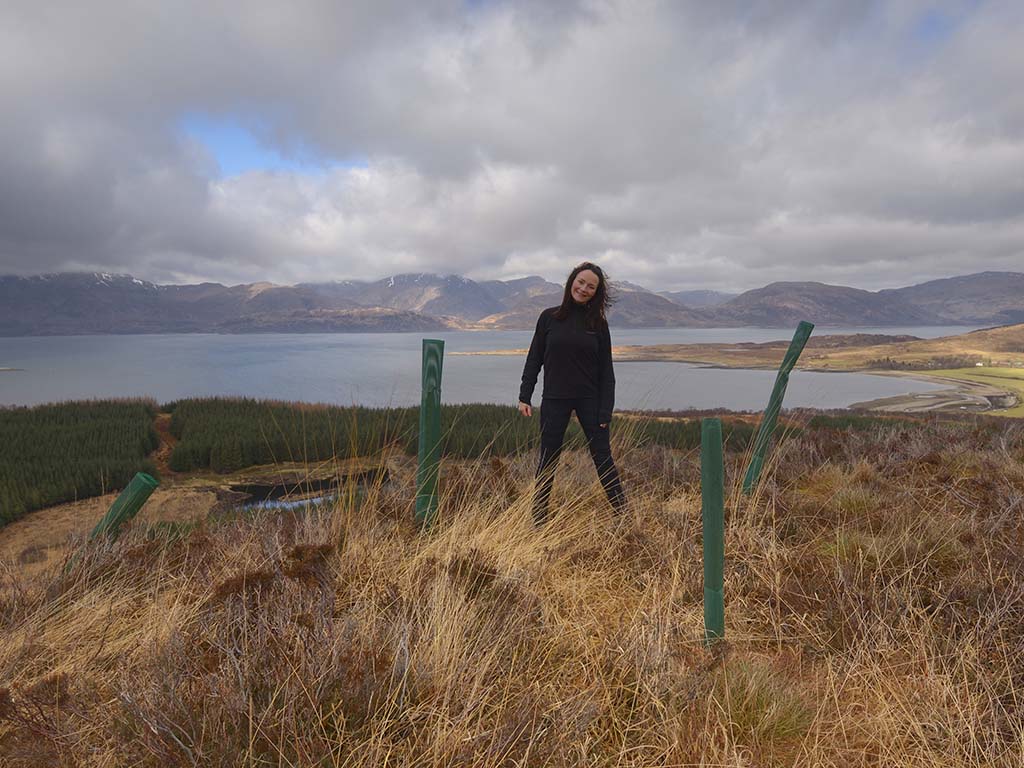
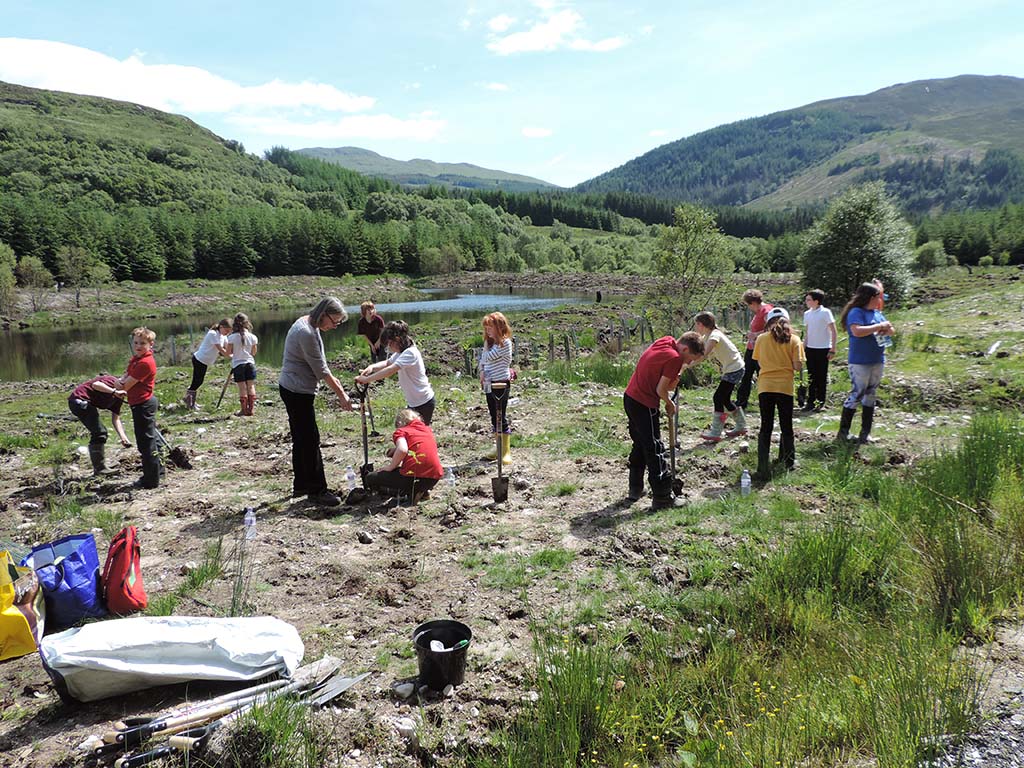
Conservation Projects
We do our best to conserve, preserve and restore the Scottish landscape. We work with a number of likeminded organisations trying to make a real difference to Scotland for generations to come.
Wildlife
Perhaps the most rewarding aspect of our work is seeing species return to the area and make it a home once more. As we plant more trees to provide shelter and reuse fallen trees to build homes for insects, the number of species at the reserve increases every year.
We regularly share many stories, videos and photos about wildlife at our reserves on our social media pages and blog. Make sure you ‘like’ and ‘follow’ to learn more, and visit the individual reserve pages (linked above) for further information about the particular species that have already settled in.
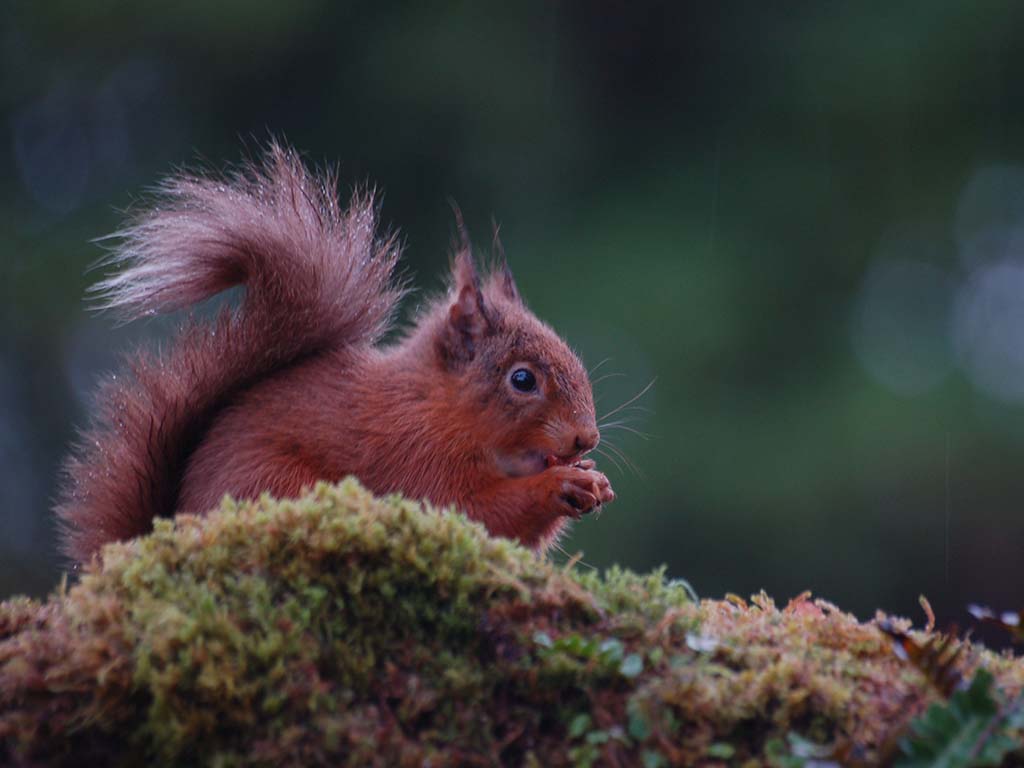
Our Journey


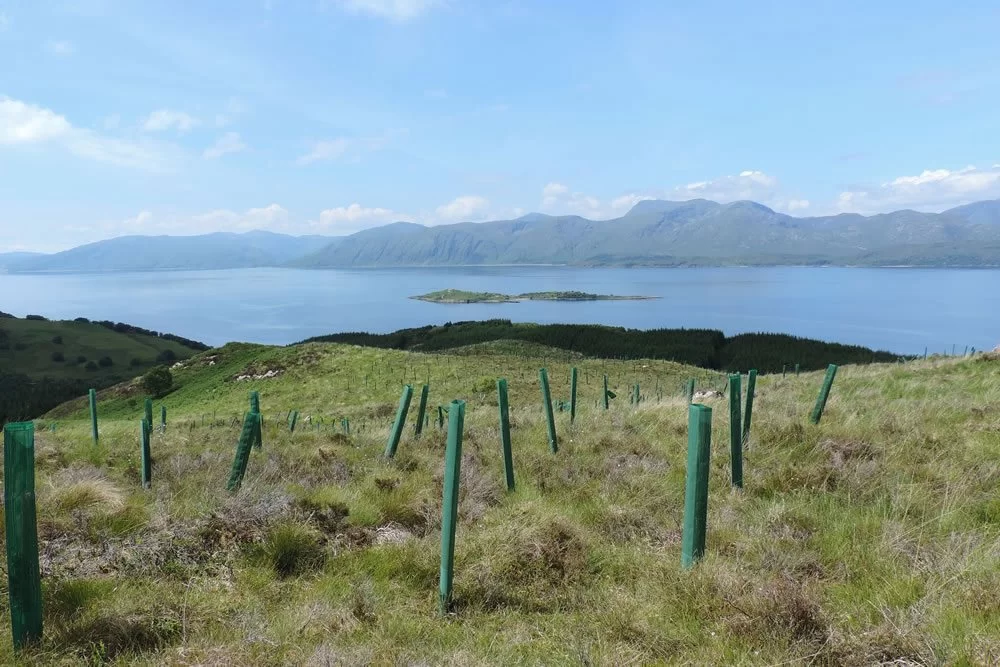
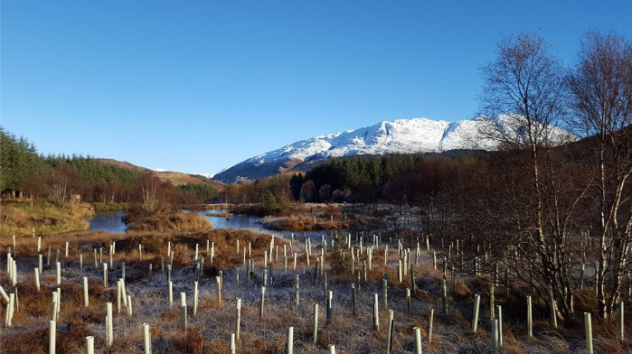
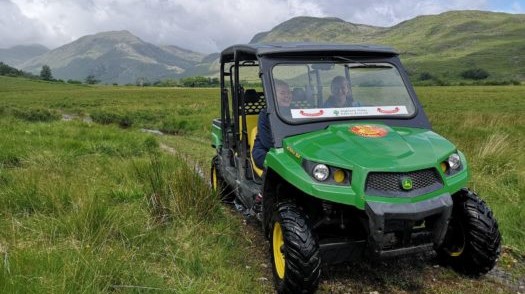



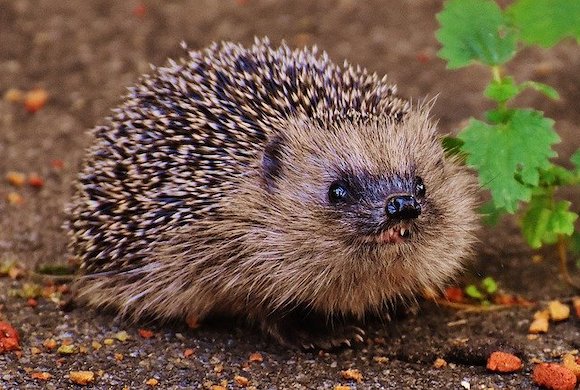
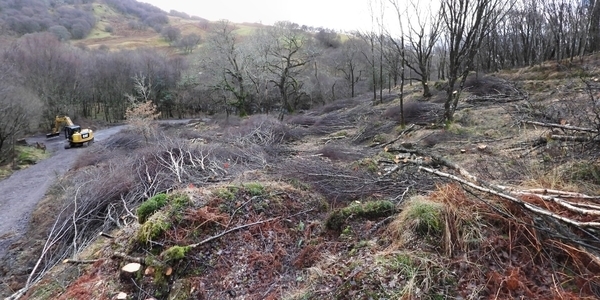
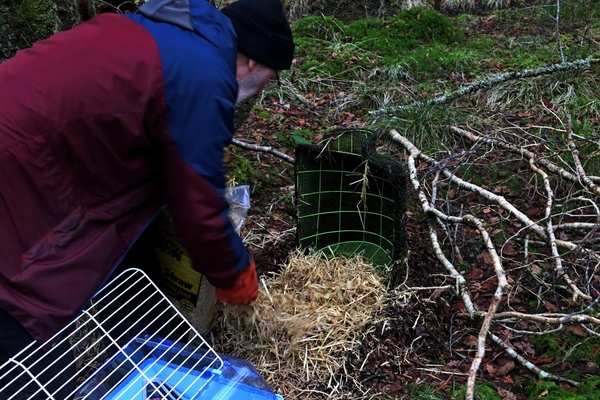


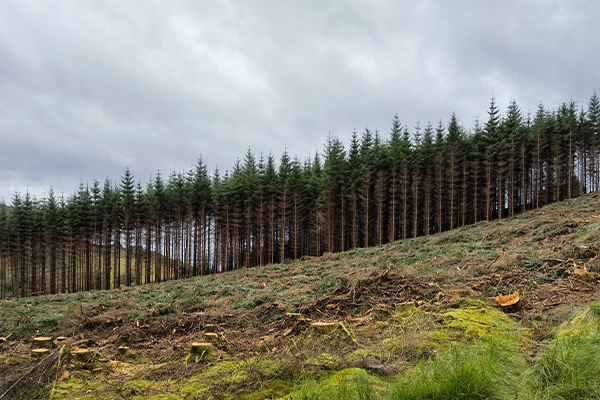



The Celtic Connection
Just as Highland Titles has been selling souvenir plots of land in Scotland for 14 years, Celtic Titles sells souvenir plots of land in Northern Ireland and use the profits to manage the land as a nature reserve.
Visit our website to find out more!

